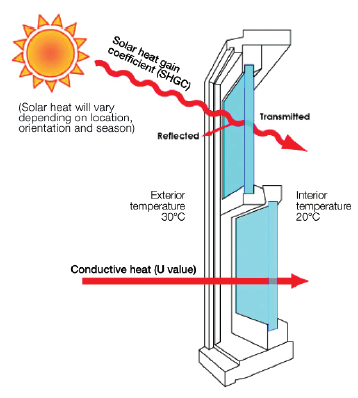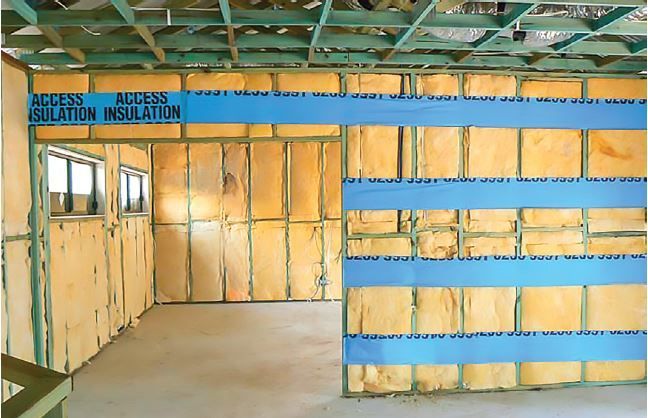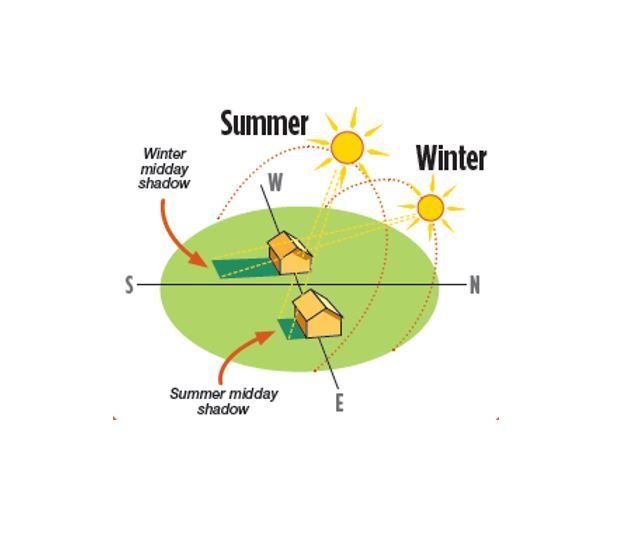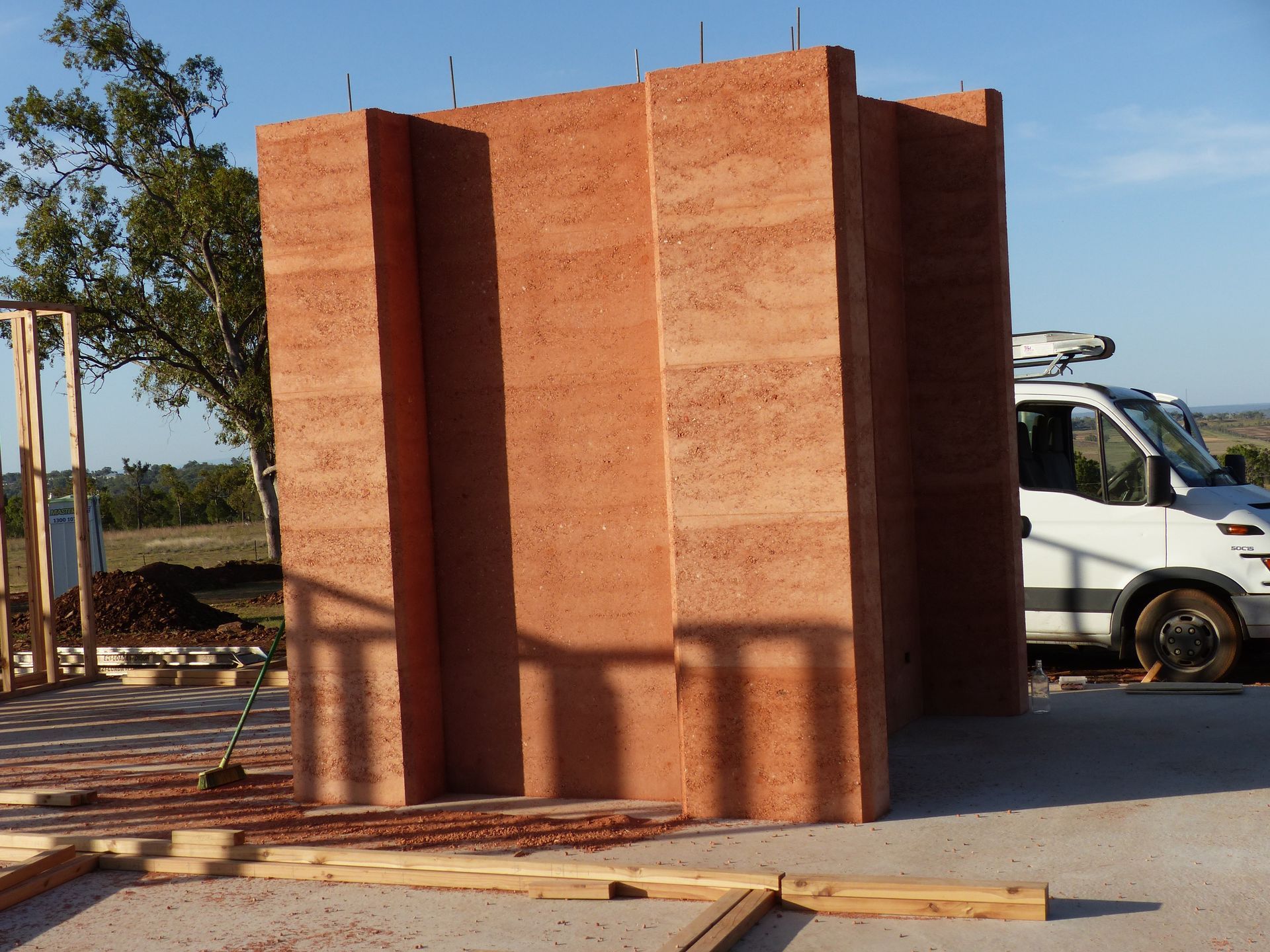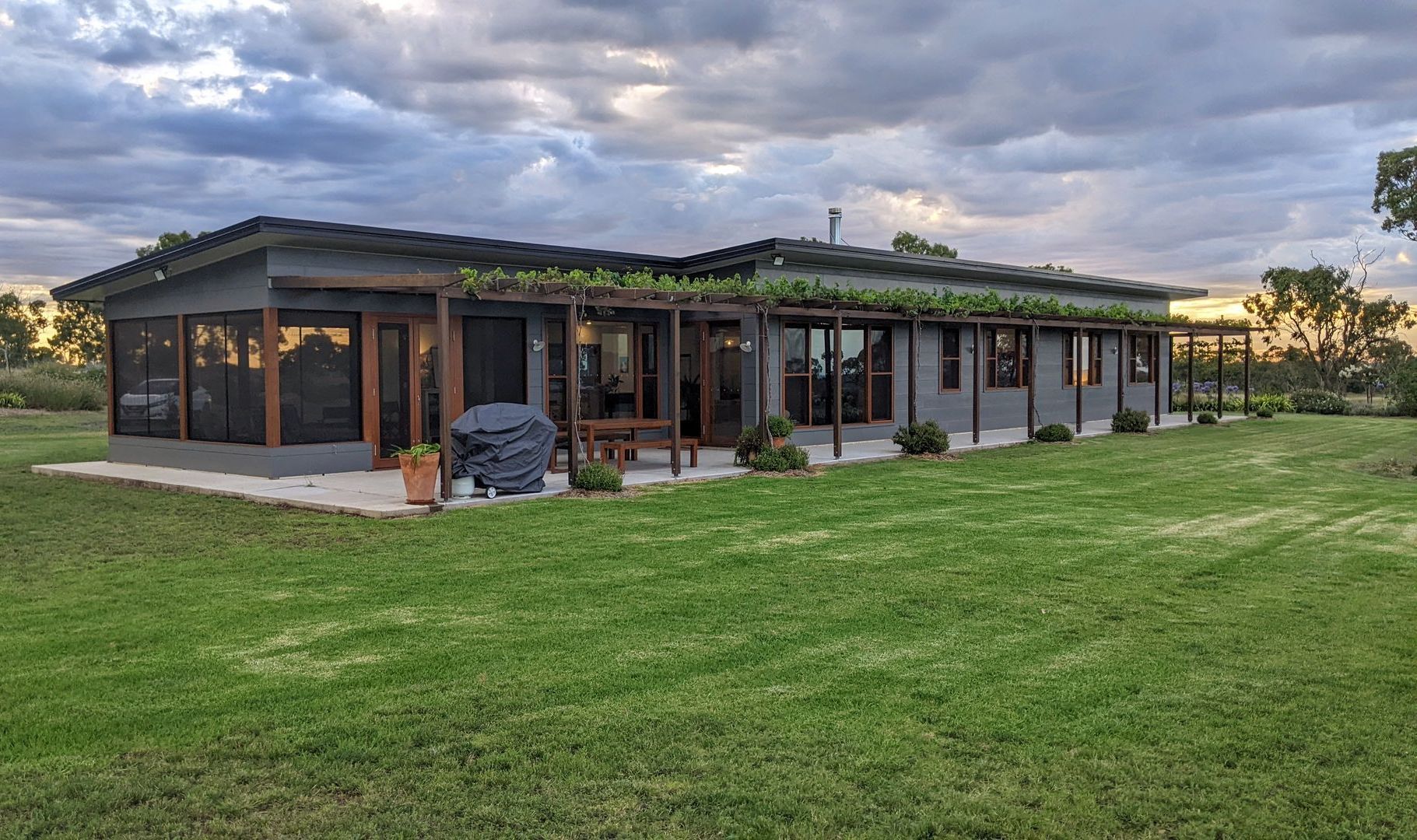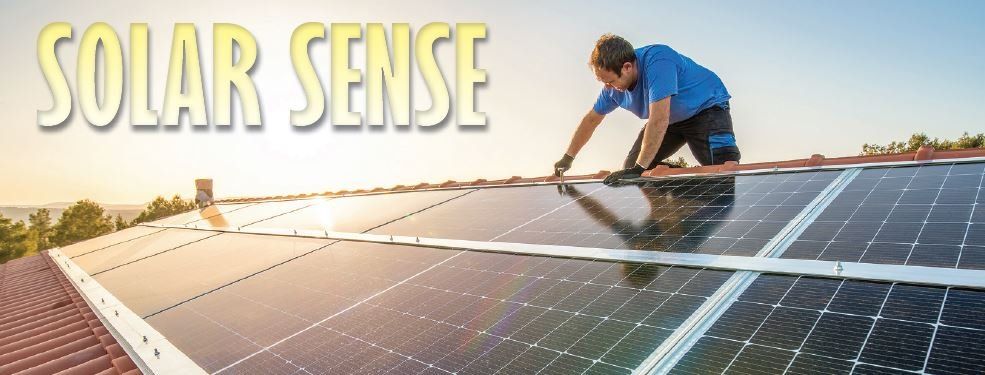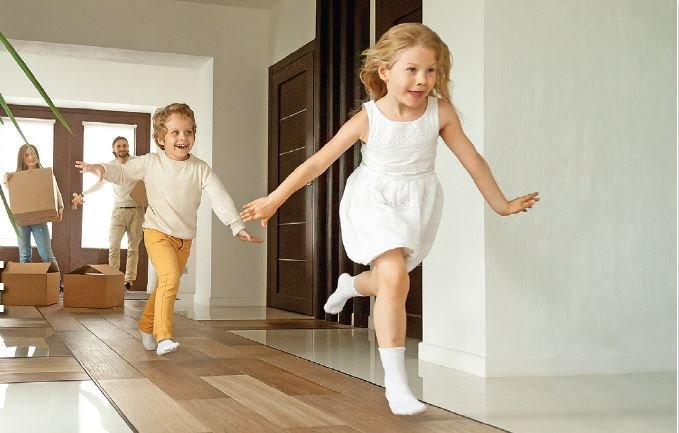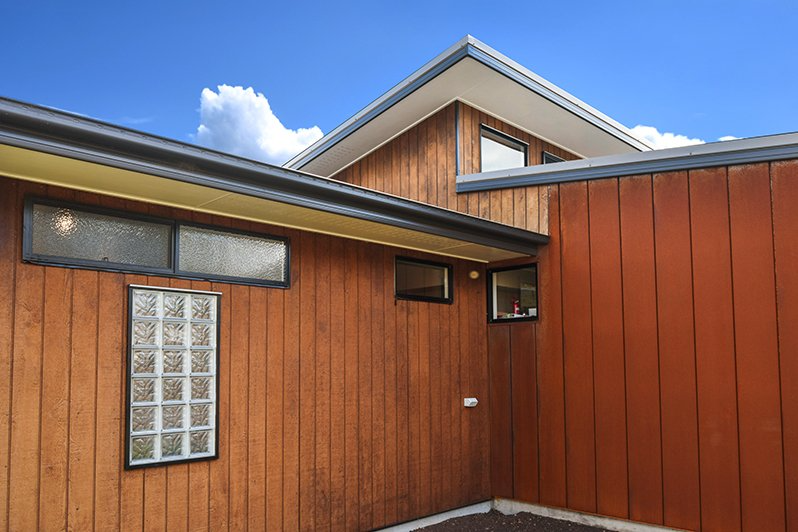How to attain an Environmentally Sustainable Passive Home Design
Good passive home design is critical to achieving a lifetime of easy-living comfort, low energy costs, and low greenhouse emissions.
A Sustainable Home incorporates climate-appropriate design features like correct orientation, coupled thermal mass, comprehensive insulation, shading and glazing to take advantage of natural sources of heating and cooling, and reduced Air infiltration. When incorporates in the right way for your climate, they can keep a home’s occupants comfortable all year. Sound complicated? It's actually very simple.
Start with the correct orientation of your home
A wide frontage to the north and a reduce exposure to the west, fives you a good starting point. Generally, a longer narrower house placed with northern side being the widest elevation is the best. Also, the topography of the site needs to be scrutinised to make sure there is some protection from the inter winds but allowing access to the summer breezes. With improved orientation we can make the biggest single cost-free improvement to the lifetime sustainability of your home.
Insulating the entire envelope of the home
When you are constructing a new home, it is a very simple and cost-efficient process to insulate the complete external walls and the entire ceilings areas. This should include the internal garage walls. This reduces the heating and cooling effect that vehicles coming and going will create. Also, go for the highest R-Value (measure of the resistance to the flow of heat through a material – the higher the number the better the insulation). This is not costly but will give you a much better long-term outcome.
Zoning
The principal behind this is also very straightforward. When you open the front door or the garage entry door this allowed the heat and cold to rush into the living areas. By sealing the entry space with an internal hinged door and by putting breeze seals on the internal garage door we reduce this air movement. The other consideration is to place doors at the hallway entries so when you are heating or cooling, you only need enough energy to condition the living area.
Reducing Air Infiltration
Air leakage accounts for 15-25% of Winter heat loss in homes and can contribute to significant loss of coolness in climates where air conditioners are used. This air leakage can add substantially to your energy bills and add up to 25% of your carbon dioxide emissions.
Summing Up
If you include these processes in your new home the potential reduction in the carbon emissions could be up to 6,000 kg per year with an energy saving of up to $2000 per year for the life of the home. These four simple procedures are just the beginning of ‘Smarter Living’.
Our team would love to chat further with you around building a sustainable home. You can contact us today!
